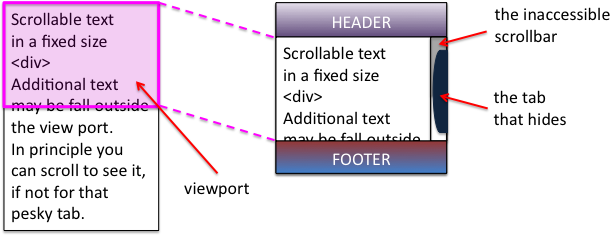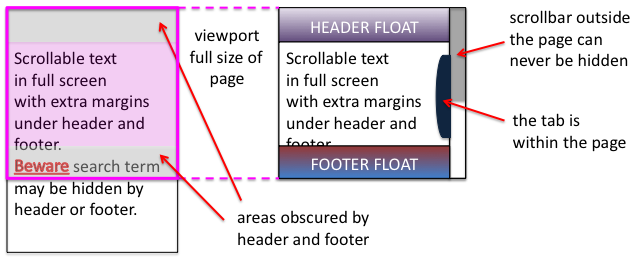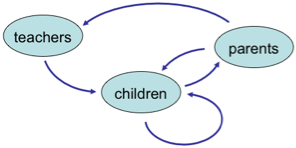Would you like to know more about human–computer interaction, or would you like free additional resources for your students?
 Hardly a week goes by without some story about the changing face of online open education: from Khan Academy to Apple’s iTunes U and a growing number of large-scale open online courses from leading academics such as Thrun‘s AI course at Stanford.
Hardly a week goes by without some story about the changing face of online open education: from Khan Academy to Apple’s iTunes U and a growing number of large-scale open online courses from leading academics such as Thrun‘s AI course at Stanford.
Talis is interested in the software needed to support these new forms of large-scale open learning. So, partly because it seems a good idea, and partly to be a willing guinea pig, I am going to run a massive online open HCI course in the autumn.
This type of course is either aimed exclusively at people outside a traditional education setting; or else, in the case of some of the university based courses, the professor/tutor is teaching their own class and then making some of the materials connected with it available on the web.
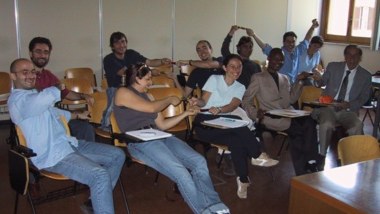 While similarly aiming to cater for those outside mainstream education, I would like also to make it easy for those in traditional university settings to use this as part of their own courses, maybe suggesting it as additional material to recommend to their students. Even more interesting will be if the online material is incorporated more deeply into your courses, perhaps using it instead of some of the lectures/labs you would normally give.
While similarly aiming to cater for those outside mainstream education, I would like also to make it easy for those in traditional university settings to use this as part of their own courses, maybe suggesting it as additional material to recommend to their students. Even more interesting will be if the online material is incorporated more deeply into your courses, perhaps using it instead of some of the lectures/labs you would normally give.
If you are teaching a HCI course and would be interested in me being a ‘virtual guest lecturer’ by using this material (free!) please let me know.
I don’t intend to do a broad introductory HCI ‘101’ (although I may start with a short ‘laying out the area’ component), but more a series of components on particular sub-topics. These will themselves be split into small units of perhaps 10-15 minutes ‘lecture style’ material (Khan-style voice over, or maybe mix of voice-over and head-and-shoulders). Each sub-topic will have its own exercises, discussion areas, etc. So, tutors intending to use this as part of their own courses can choose a sub-topic that fits into their curriculum, and likewise individuals not part of a formal course can pick appropriate topics for themselves. I may also think of some integrative exercises for those doing more than one component.
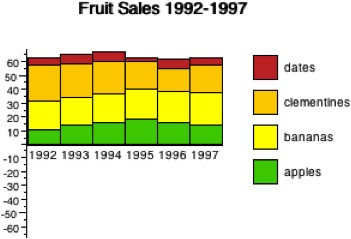 I have yet to decide the final topics, but the following are things for which I have given some sort of tutorial or produced fresh materials recently:
I have yet to decide the final topics, but the following are things for which I have given some sort of tutorial or produced fresh materials recently:
- introduction to information visualisation — using materials created for IR+InfoVis winter school in Zinal last January
- emotion and experience — using new chapter written for next edition of HCI book, and tutorial I did at iUSEr last December
 physicality — looking at the interactions between digital and physical product design — based on forthcoming TouchIT book
physicality — looking at the interactions between digital and physical product design — based on forthcoming TouchIT book- formal methods in HCI — as I have just written a chapter for Mads’ interaction-design.org open encyclopaedia of HCI
- user interface software architecture — based on heavily updated chapter for next edition of HCI book
- creativity and innovation — (wider than pure HCI audience) — drawing on experience of teaching technical creativity using ‘Bad Ideas’ and other methods, with both practical (doing it) and theoretical (understanding it) aspects
- designing for use (adoption and appropriation) — understanding the factors that lead to products being adopted including the rich interplay between design and marketing; and then, the factors that can allow users to appropriate products to their own purposes.
I will not do all these, but if some seem particularly interesting to you or your students, let me know and I’ll make final decisions soon based on a balance between popularity and ease of production!
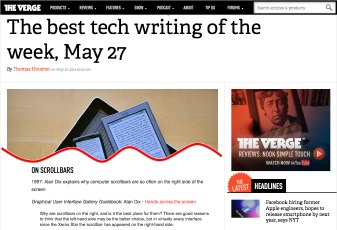
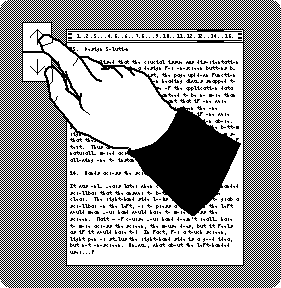
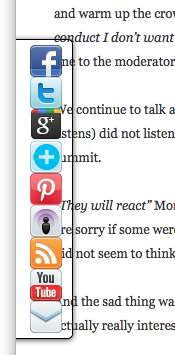 I was reading a quite disturbing article on a
I was reading a quite disturbing article on a 